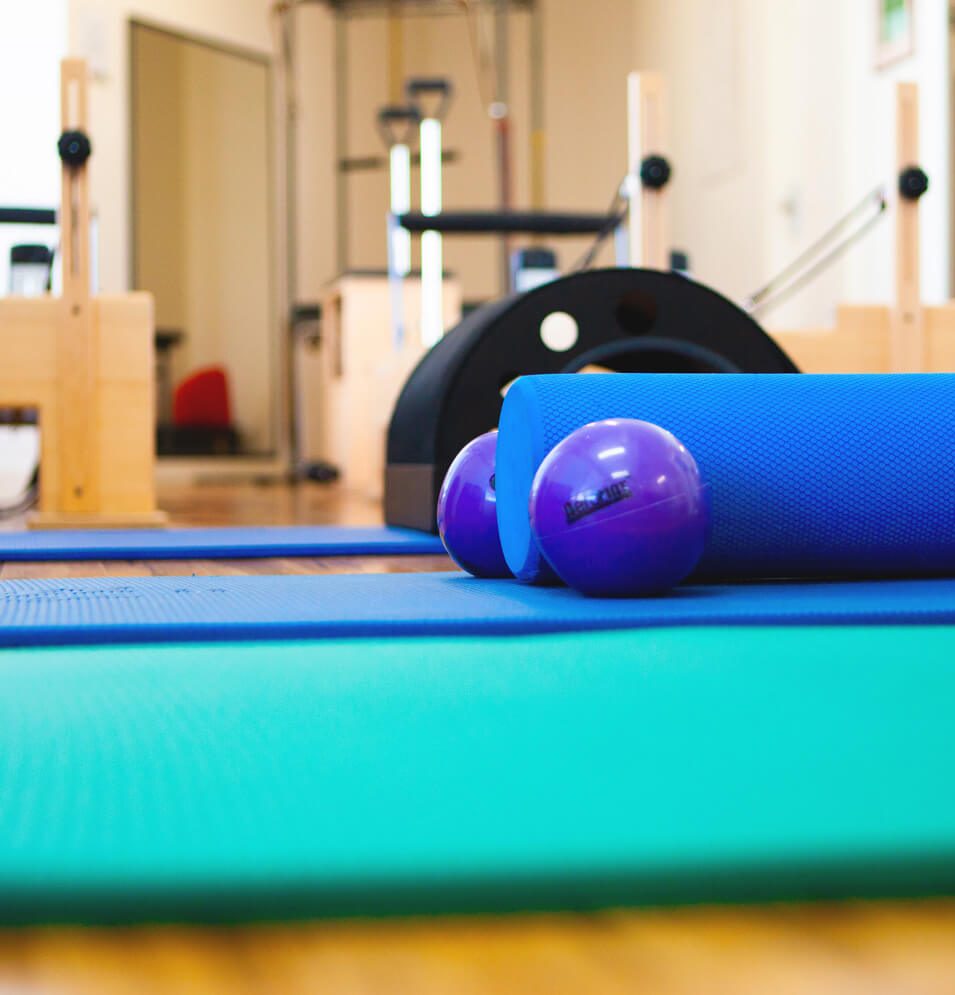Shoulder pain is an extremely common complaint among swimmers.
The term ‘swimmers shoulder’ is a general term encompassing a spectrum of shoulder dysfunction; therefore it is important that an accurate diagnosis is given and the cause established.
The pain associated with swimmers shoulder is usually due to the pinching of the rotator cuff tendons or the bursa (a fluid filled sac to reduce friction) underneath the arch of the shoulder.
The 4 rotator cuff muscles (supraspinatus, infraspinatus, subscapularis, teres minor) are the dynamic stabilisers of the shoulder joint.
In conjunction with other muscles such as the trapezius muscle, they act to control the movement of the shoulder joint.
When acting normally, they allow for pain free shoulder movement.
When the rotator cuff muscles start to function abnormally, they allow the humerus (long arm bone) to ride up and pinch the structures within the shoulder joint.
Any imbalance of these muscles or other causative factors may contribute to the development of swimmers shoulder.
It is normally a combination of the following factors which leads to the development of swimmers shoulder:
- Poor posture
- Muscle tightness
- Hyper (increased) mobility of the shoulder joint
- Stiffness of the neck or back
- Long duration training sessions
- Excessive paddle or kick work
- Breathing on one side
- Poor technique
Continued pinching of the tendons underneath the arch of the shoulder results in swelling and pain and will eventually result in damage to the tendons and cause them to degenerate in the long term.
Management can include any or all of the following:
- Stretching
- Massage
- Muscle re-education
- Rotator cuff exercises
- Technique correction
Swimmers shoulder can be a real problem for the avid swimmer and merely reducing the amount of laps is not the answer… Solve the problem before it gets worse.
Happy swimming!
For more information, see your local Lifecare practitioner. Click here to find your closest Lifecare clinic.

